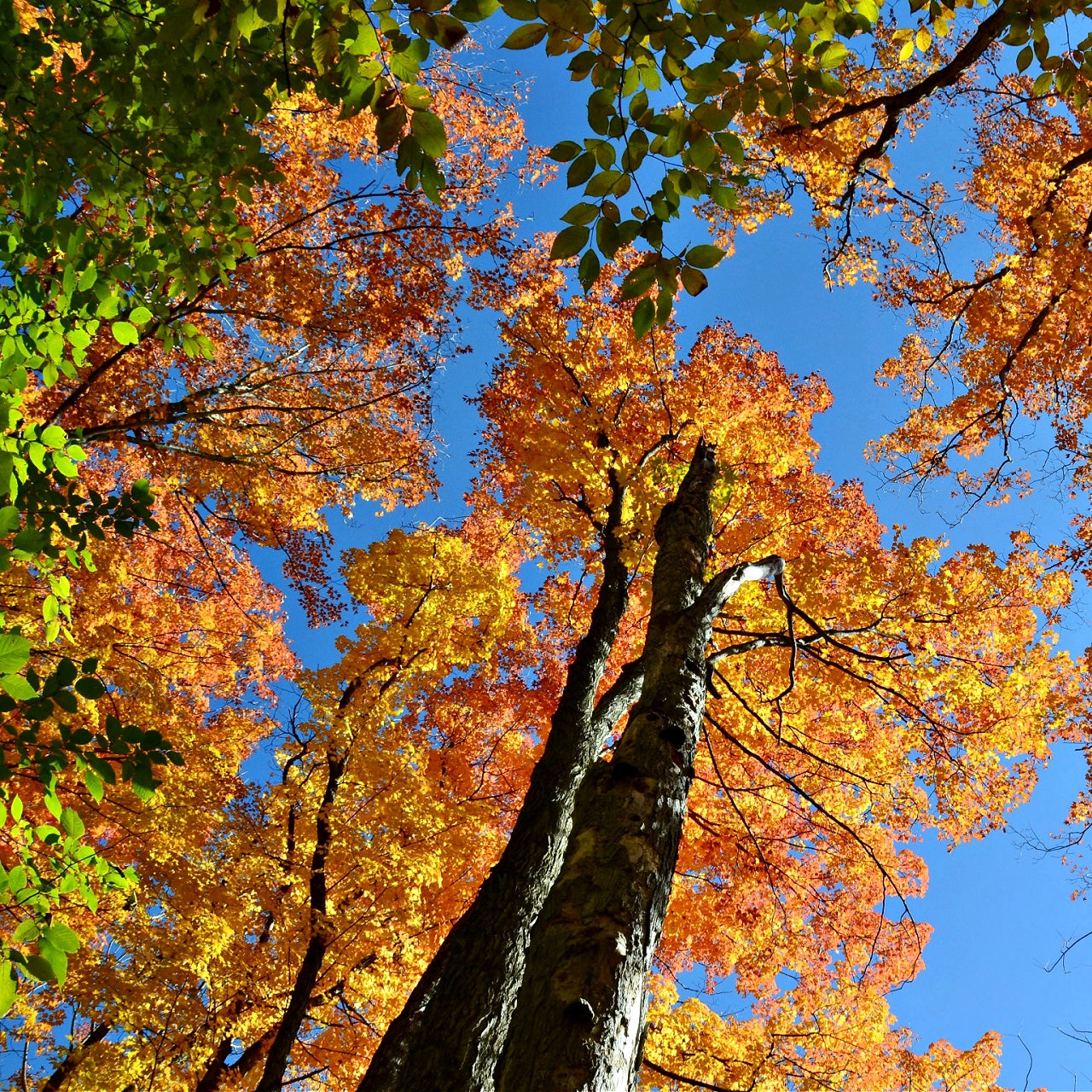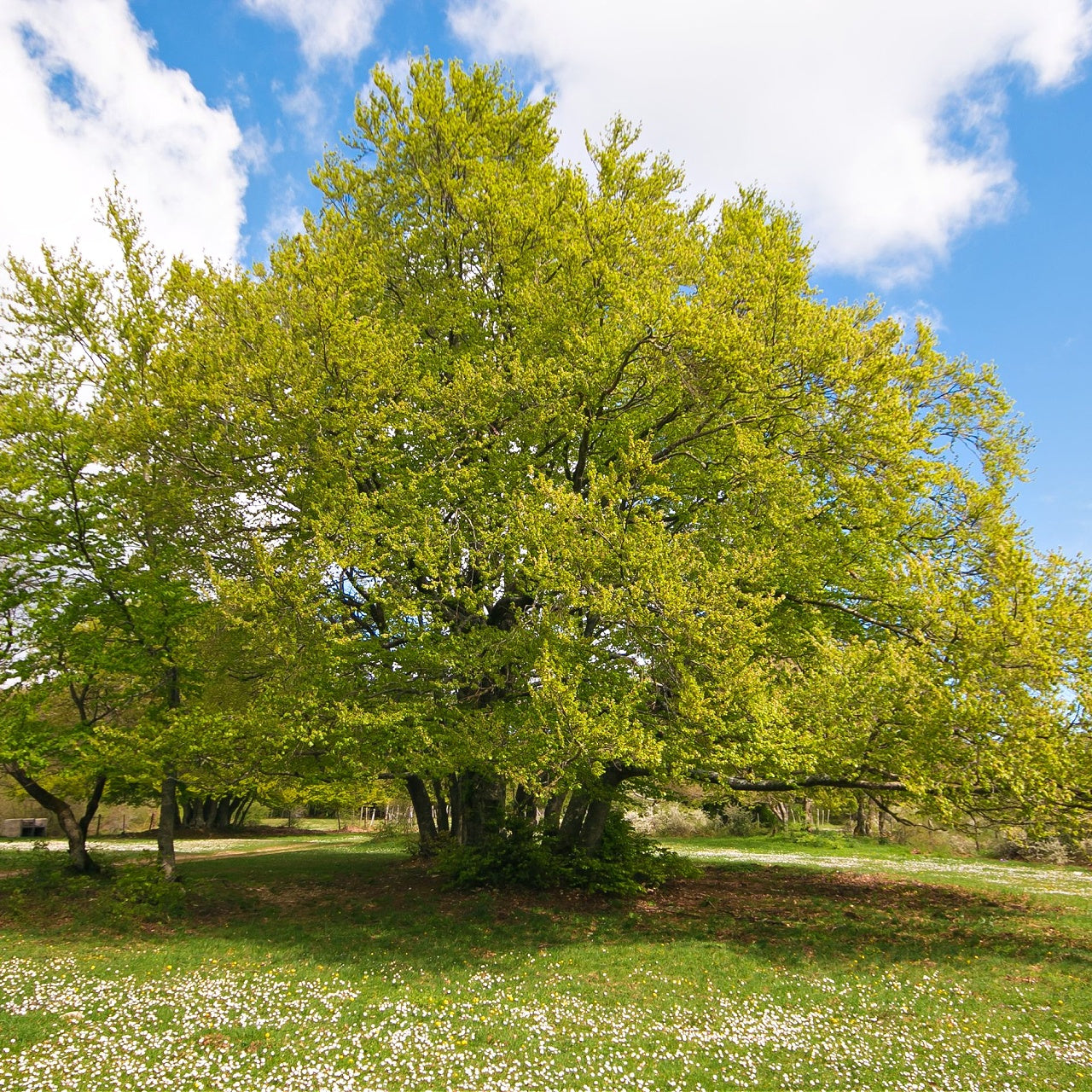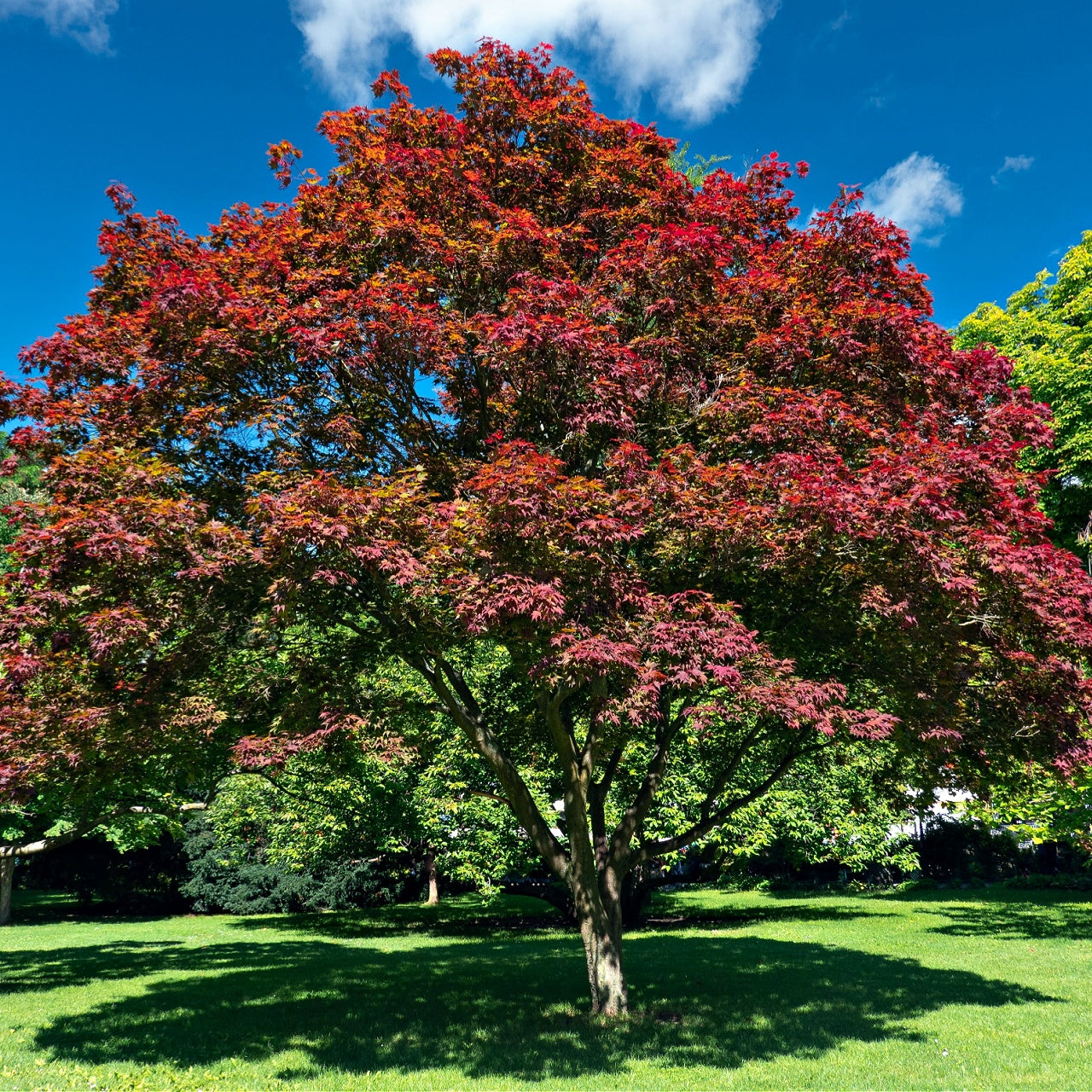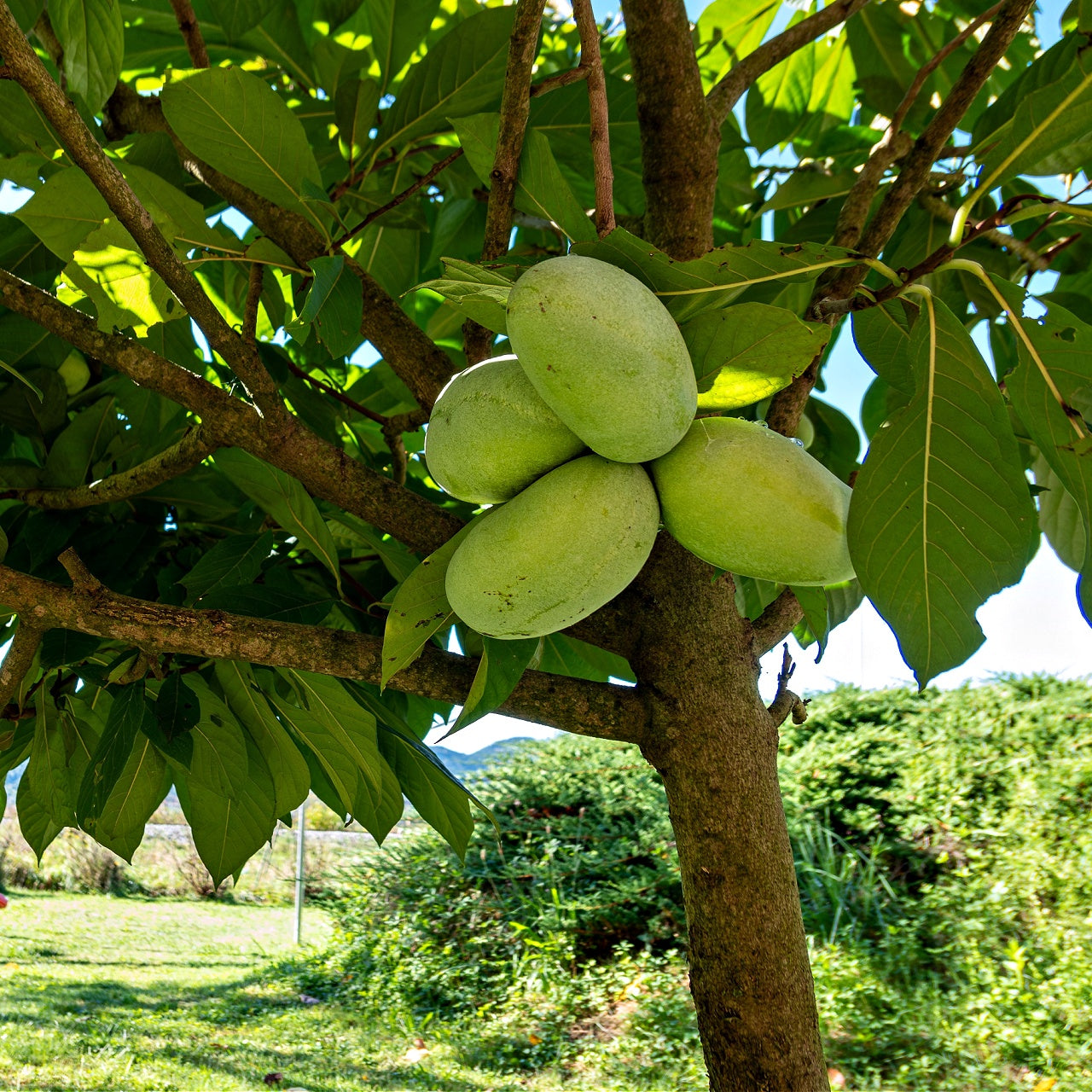
Container Gardening for Beginners: Growing Native Plants with Ease
Container Gardening for Beginners: Growing Native Plants with Ease
Select the Ideal Native Species for Your Container Garden
Container gardening is an excellent introduction to gardening for beginners, mainly when their available space is limited. Native plants represent one of the best methods for achieving gardening success because they adapt well to local climates and need minimal maintenance. Native plants flourish in their natural geographic areas because they require less water, fertilizer, and pest control compared to non-native species. New gardeners will find native plants perfect for their needs because they provide low maintenance with high rewards.
Several native plants suitable for container gardening are purple coneflower (Echinacea purpurea), blackfoot daisy (Melampodium leucanthum), and wild columbine (Aquilegia canadensis). The striking flowers of these plants serve as magnets for pollinators, including both butterflies and bees. Bee balm (Monarda didyma) excels as a container plant because it adds vibrant color while providing nectar for hummingbirds. Container gardens benefit significantly from the textural appeal and dynamic movement provided by switchgrass (Panicum virgatum) and little bluestem (Schizachyrium scoparium).
Choosing native plants requires knowledge about their specific growing requirements, including sunlight exposure, soil conditions, and moisture needs. Plants that thrive in full sunlight exist alongside those that grow better in partial shade. The Cardinal flower (Lobelia cardinalis) needs moist soil, which makes it suitable for self-watering containers, yet the blanket flower (Gaillardia) requires well-draining conditions with less moisture. Researching native plants ideal for your climate zone ensures your container garden achieves aesthetic beauty and environmental sustainability.
Setting Up Your Container Garden for Native Plants
After selecting native plants, you should prepare your container garden setup to ensure success. Choosing the proper containers stands as the initial step. Even though native plants show adaptability, they require enough space for successful growth. The bigger size of pots enables improved root growth and moisture conservation so that regular watering can be minimized. Although terra cotta, ceramic, and wooden containers work effectively for native plants, plastic pots offer an excellent alternative for creating lightweight, portable gardens. Selecting pots with bottom holes is essential because they prevent water from accumulating inside, which helps stop root rot.
After selecting a suitable container, picking an appropriate soil mix is essential. Native plants thrive most effectively in soil conditions, replicating their original natural environments. Integrating organic compost into a high-quality potting mix delivers essential plant nutrients. Native plants such as prairie dropseed (Sporobolus heterolepis) flourish in thin, well-draining soils; adding sand or perlite to your mix will boost drainage quality. Foamflower (Tiarella cordifolia) needs soil that holds moisture yet remains well-aerated, which you can create using peat moss or coconut coir.
For optimal plant growth in container gardening, the location of your pots needs to be considered as much as the soil and pots themselves. To ensure the healthy development of your plants, position containers in areas that provide the correct level of light for your plant selections. Sun-loving plants such as butterfly weed (Asclepias tuberosa) require exposure to direct sunlight for a minimum of six hours daily. Wild ginger (Asarum canadense) requires shady locations, which makes porches, balconies, or covered patio areas ideal for its growth. Limited growing space can be optimized using vertical gardening strategies such as stacking containers or hanging baskets.
Successful container gardening depends heavily on regular watering and fertilizing. Native plants usually demand less maintenance but require regular watering because containers lose moisture quicker than ground soil. The optimal watering method involves soaking the soil when it reaches dryness at one inch beneath the surface. Watering plants during early morning or late evening times helps reduce evaporation and ensures roots receive enough moisture. Most native plants only require minimal fertilization because they have developed to thrive in existing local soil conditions. Monthly compost or liquid organic fertilizer ensures healthy plant growth while avoiding excessive feeding.
Caring for Your Native Plant Container Garden Year-Round
The primary advantage of using native plants in container gardens is their straightforward seasonal maintenance requirements. Native species that function as perennials return every year without extensive care requirements. You should continue deadheading (removing spent flowers) in spring and summer to stimulate new flower production and maintain a tidy plant appearance. Keeping plants compact and attractive requires trimming out leggy growth. Native grasses such as little bluestem should remain standing during fall to provide visual interest and serve as bird food until early spring when they need to be cut down.
Container gardens require additional care as temperatures begin to fall as they move into winter. Despite their resilience to cold weather conditions, purple coneflower and wild bergamot (Monarda fistulosa) suffer from increased root exposure when grown in containers instead of directly in the soil. Pots can be placed against the building for insulation or wrapped in burlap for protection. Winter pot protection sometimes involves gardeners burying them in the soil to shield them from frost damage.
Collecting seeds from native annuals such as partridge pea (Chamaecrista fasciculata) during late summer enables gardeners to replant them in the following year. Let the seed pods dry naturally on the plant before gathering them for storage in a cool, dry area. Many native plants have self-seeding characteristics that naturally allow new sprouts to emerge in your containers.
Using native plants in containers supports local wildlife throughout the cold season. Birds find sustenance in dried seed heads, while leaf litter creates protective spaces for insects that survive through winter. Leaving dead plant material throughout winter until early spring will support the ecosystem and improve your garden's winter appearance.
New gardeners will find container gardening with native plants an effective method to start gardening with minimal complication. Native plants flourish without much maintenance, which ensures they are a satisfying green choice for environmentally conscious gardeners. When you choose the appropriate plants for your area and ensure they receive proper care across all seasons, your container garden will bloom beautifully while supporting biodiversity and improving your surroundings. Native plants grown in containers deliver aesthetic appeal and environmental benefits to balconies, patios, and rooftops alike.
Products from the Article
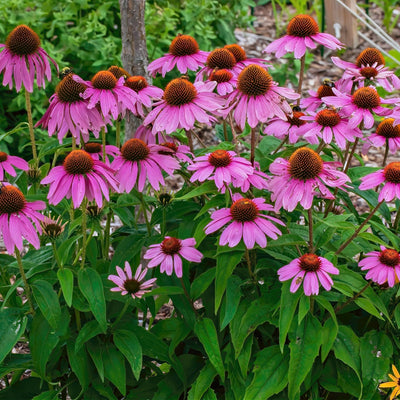
Purple Coneflower




